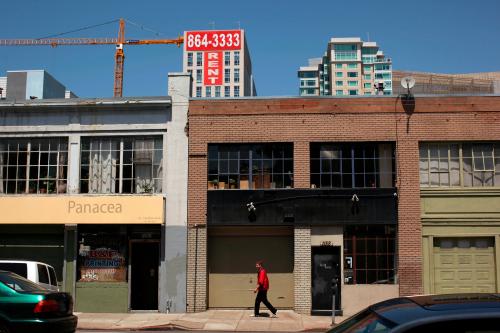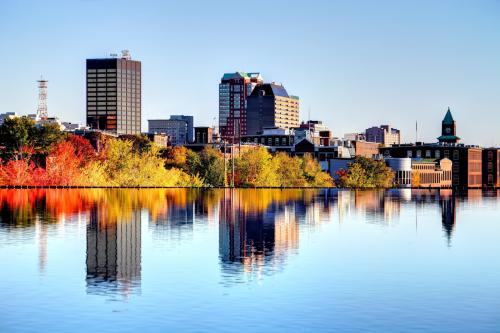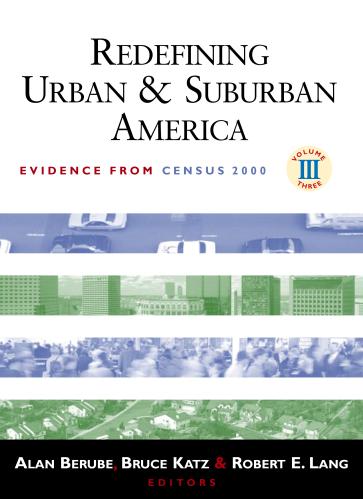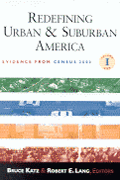Most of the largest central cities grew during the 1990s, but population change at the neighborhood level was more uneven. This report uses 1990 and 2000 population data at the census tract level to analyze the spatial patterns of growth and decline within city borders during the 1990s. The authors find that while 72 of the 100 largest cities grew over the decade, only 55 percent of their neighborhoods did. The bulk of city growth occurred in “outer-ring” neighborhoods near the suburban border, while very little took place in “inner-core” neighborhoods around the downtown. The findings confirm that metropolitan decentralization is occurring even within cities, and that efforts to slow sprawl must be focused on reinvigorating areas of slow growth or decline in the very core of urban areas.
The Brookings Institution is committed to quality, independence, and impact.
We are supported by a diverse array of funders. In line with our values and policies, each Brookings publication represents the sole views of its author(s).









